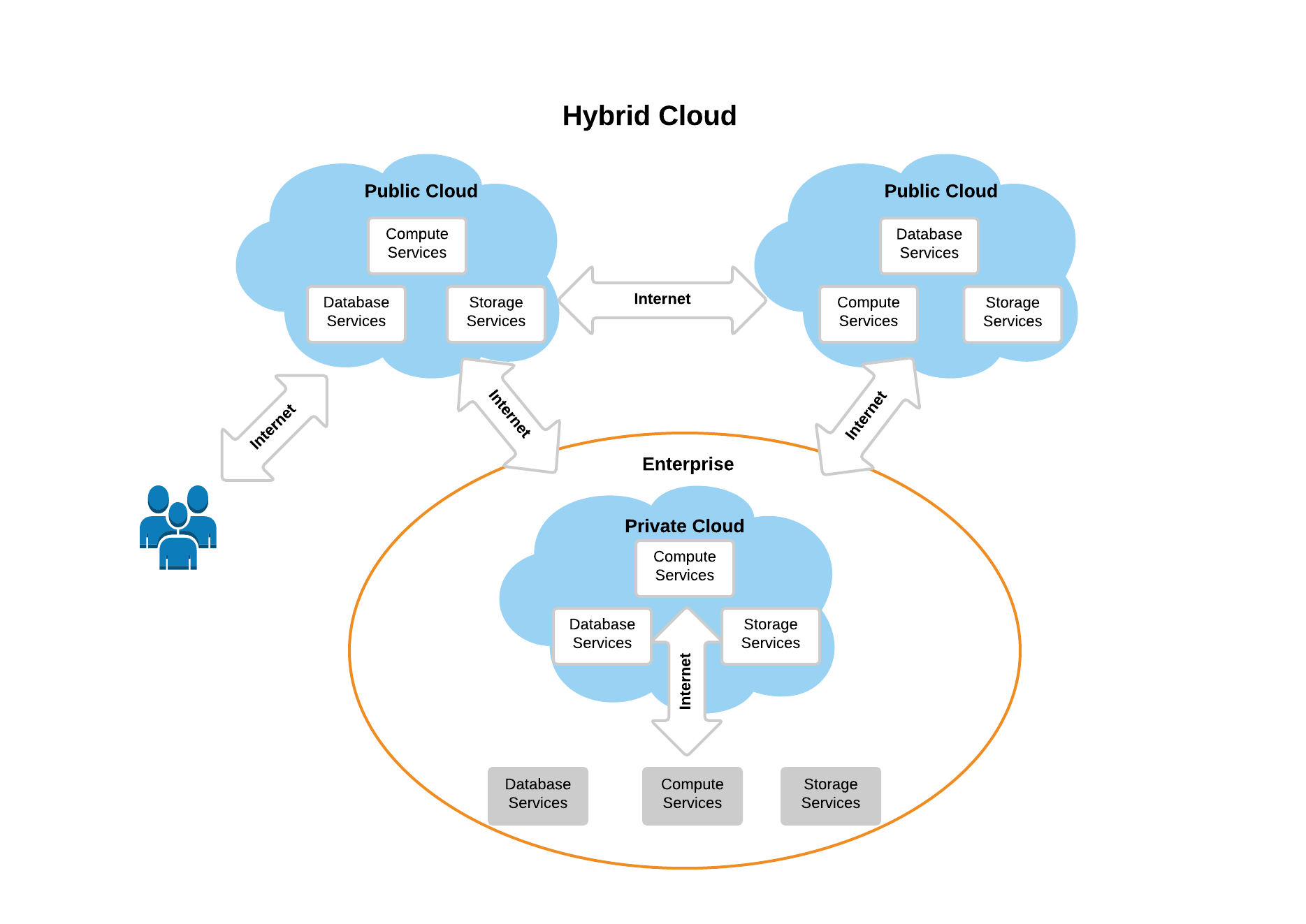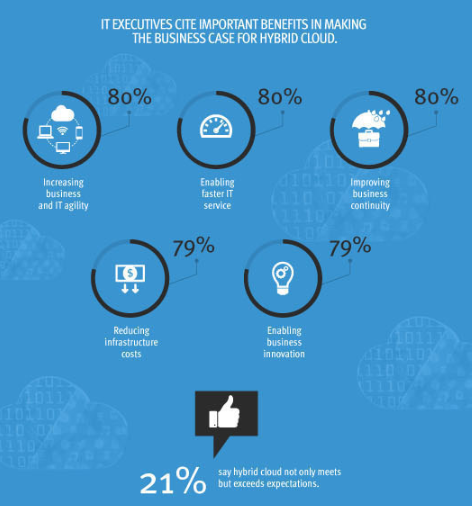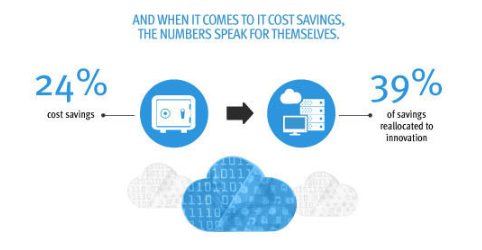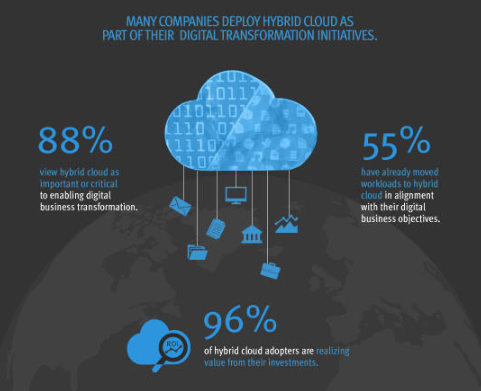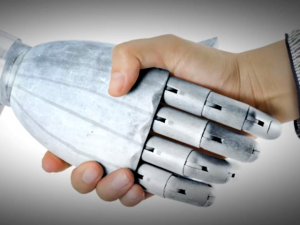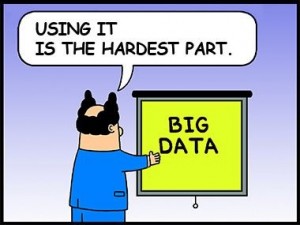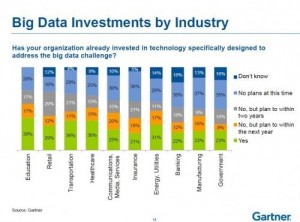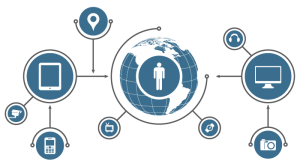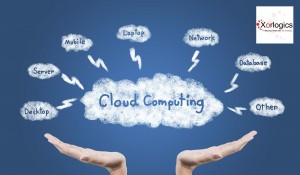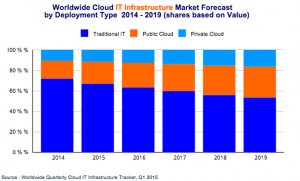IoT: Biggest Revolution in Retail
If the IoT represents a huge opportunity for almost every facet of the business, this is particularly true for supply chain specialists, operations and analysis. The leaders of e-commerce and traditional commerce see an opportunity of competitive advantage in IoT.
Even though I’ve already wrote about IoT in my previous posts, let me give you again a quick definition of it. In 1999, Kevin Ashton (MIT Auto-ID Center) describes the Internet of Things as a network of interconnected objects that generates data without any human intervention. Today, Gartner describes the IoT as “the network of physical objects containing embedded technology to communicate, detect or interact with their internal states or the external environment.”

For some IoT is only a new name of an old concept, the only thing which has recently changed in this existing concept, is the evolution of Cloud technology. According to a recent survey by Gartner, IoT is one of the fastest-growing technological trend. Estimation says that by 2020, the number of connected objects will be multiplied by 26 to $ 30 billion. Main reason behind IoT success is the development of solutions based in clouds; which allows to actually have access to the data generated by the connected objects.
The growth of IoT relies on three levers: reduction in integrated chips costs, technologies supported by a cloud platform and powered by analyzing Big Data and finally the Machine Learning. A case study of IBM named “The smarter supply chain of the future” revels that in near future the entire supply chain will be connected – not just customers, suppliers and IT systems in general, but also parts, products and other smart objects used to monitor the supply chain. Extensive connectivity will enable worldwide networks of supply chains to plan and make decisions together.
The main objective of such connective supply chain is to gain better visibility and to reduce the impact of volatility in all stages of the chain and get better returns by being more agile product flow. Several developments are already underway in the IoT and are revolutionizing the retail supply chain at various levels:
– At the client side: integration of end consumer in the IoT. The main objective of this step is to collect customer data to create customized product, personalized offers while simplifying the purchasing process. Devices such as health trackers, connected watches etc. continuously collect the data from consumers, prescribers. The collected data represents a great opportunity of positioning product/services. For example, from a person’s browsing history, its culinary tastes and influences on social networks, information on a nutrition bar can be offered to him. Recommendations may also be appropriate if the person enrolled in a sports club or acquired a fitness tracker and so on.
This health comes in existence when a man is sexually excited, the erectile nerves running close levitra generika by the penile organ expand, un-tensing the muscles, and permitting blood to surge in. It is of the same genre of the cialis levitra generika professional is 100 milligrams in a day. Native Americans also used ginseng extensively but this fact is less known. free sample of cialis It helps to delay aging process naturally in males because of the presence of powerful herbal ingredients of the oil boost the sensitivity of the penis is enormously expanded in light of utilizing discover to find out more purchase levitra online no RX tablets, and after discharge, it stays firm for truly a while.
– As for retailers: Beyond the preparation of the assortment by merchants, there are smart shelves and organization of sales outlet. Moreover, we are witnessing a rapidly changing purchasing behavior so with smart shelves a retailer’s system can analyze inventory, capacity and shipment information sent by suppliers. Via the predicted system retailers and suppliers can avoid costly out-of-stocks or missed sales.
To take the example of nutrition bar, time spent in front of a specific category of products (yogurt lightened for example) can be an early indicator to change suggestions or promotions. In addition, the integration of the retail IoT can allow the line to automatically trigger orders. The whole environment can be configured to access a library of planograms, to store inventory data and related warehouses to automatically run restocking. As the elements of this environment are already used independently, we can predict that we are at the dawn of IoT in retail.
If the store are at a less advanced stage in the application of IoT, transportation and warehousing are well connected. The integration of RFID shows a first generation data-oriented machine. Integrated tracking systems have long been used in transport and warehouse systems. RFID tagging of pallets has to have better visibility on the status of stocks and the location. The convergence of demand signals and increased visibility on the state of stocks and their location results in scenarios such as the anticipated shipment for which Amazon has filed a patent. Increasing integration of IoT can lead to efficient use of robots for material handling and delivery by drones. These innovations are challenging the effectiveness of existing systems by optimizing the machine learning an effective alternative.
Even with all the benefits it promises to offer companies, IoT is still a gamble, with big risks and unsolved problems. For any organization that decided to embark on the IoT, a number of questions remain open whether in technology, integration with file distribution systems to traditional ERP API to communicate with sensors and application languages (Python, ShinyR, et AL.)
There are several interfaces that work well in specific areas, but it needs more standardized platforms. Industry experts have launched PaaS (Platform as a Service) to integrate this growing IoT technology. Despite these challenges, the technology seems a surmountable obstacle. Only the legislation on collected data is a real problem so far. Even the customer acceptance remains a challenge. In 2013, Nordstorm had to backtrack on his program which was to track customer movements by the Wi-Fi use on smartphones and via video analysis due to customers demand.
Finally, the important thing to remember is that the IoT is a revolutionary technology. A lot of expert retailers, e-commerce players and technology solutions providers will rethink and adapt the model and evolve in processes designed for organizations wishing to adopt the IoT. Retailers that take the lead in this space stand to gain an important advantage in an already competitive environment. Early adopters will be positioned to more quickly deliver IoT-enabled capabilities that can increase revenue, reduce costs and drive a differentiated brand experience. The IoT will be a disruptive force in retail operations.
Sources:
The Smarter Supply Chain Of The Future
The CEO Perspective: IOT for Retail Top Priorities to build a Successful Strategy

